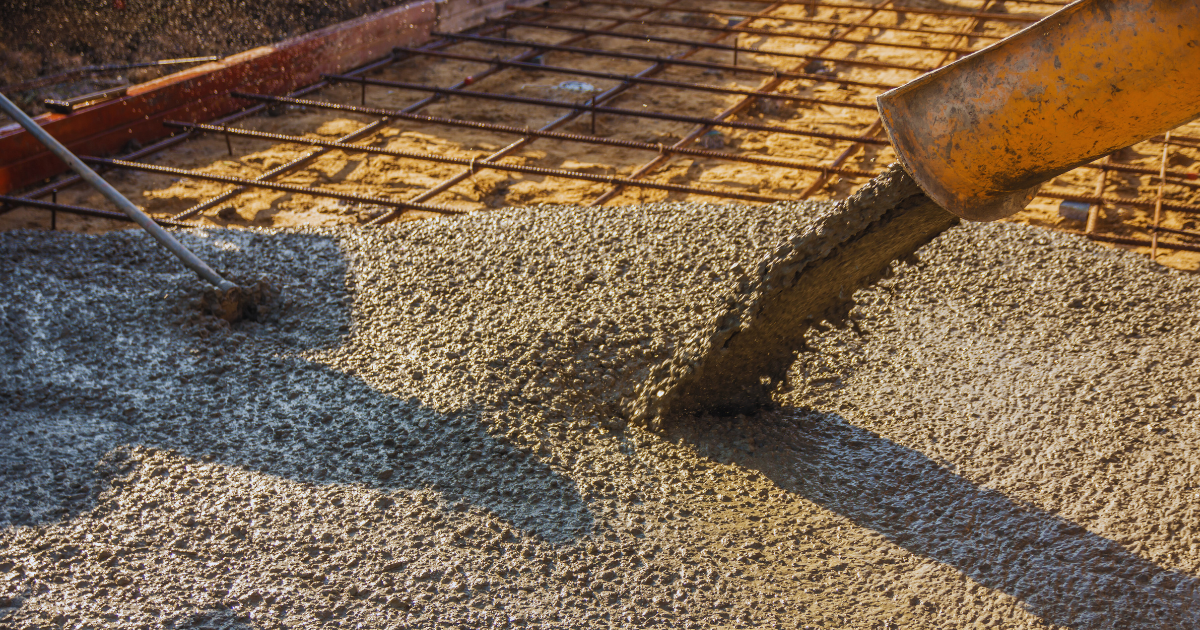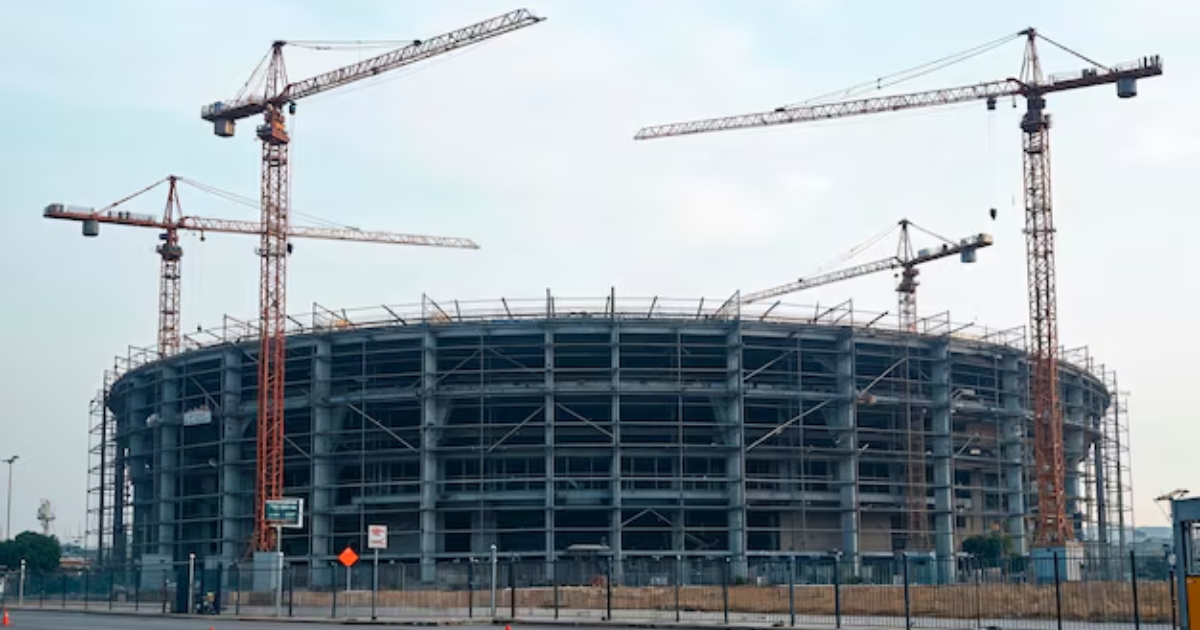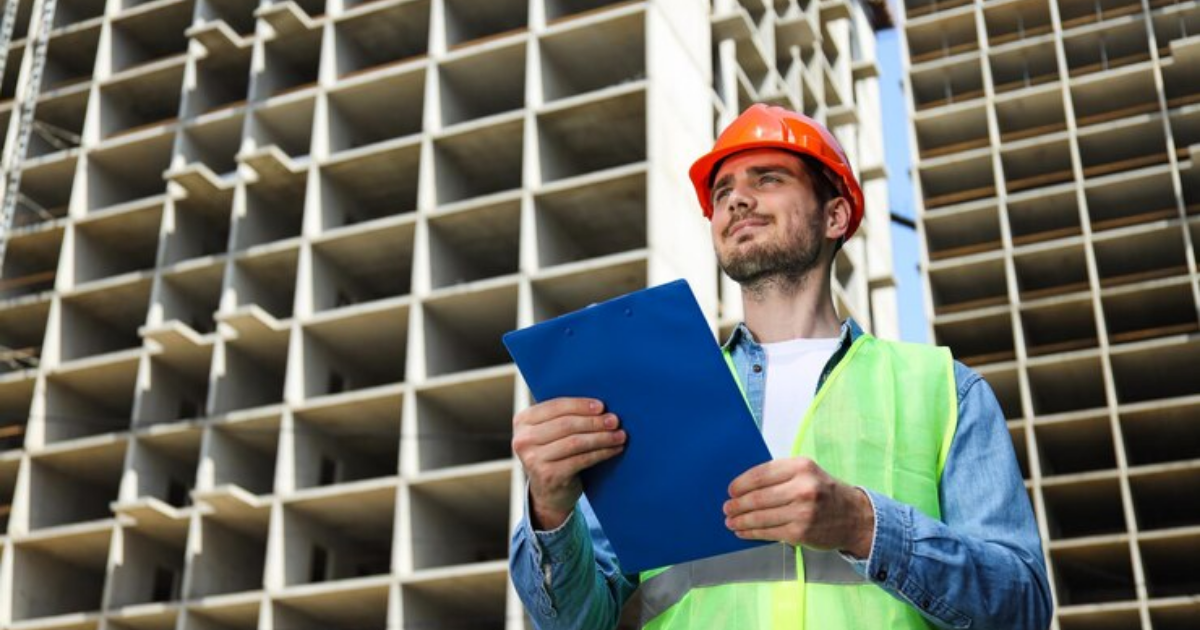When it comes to constructing a building or any other structure, ensuring a solid foundation is crucial. One of the most effective ways to achieve this is through piling. Piling involves driving or drilling piles into the ground to provide support for structures that may be built on unstable soil or require additional load-bearing capacity. In this comprehensive guide, we will explore various piling types, their applications, and the benefits they offer. Understanding these piling types is essential for anyone involved in construction or engineering, as the right choice can significantly impact the stability and longevity of a structure.
What is Piling?
Piling is a technique used to transfer the load of a structure to a deeper, more stable layer of soil or rock. Piles are long, slender columns made of materials like concrete, steel, or wood, driven into the ground to support the weight of the structure above. The choice of piling type depends on several factors, including soil conditions, the type of structure being built, and the load requirements.
Common Piling Types
1. Driven Piles
Driven piles are one of the most traditional piling types. They are pre-formed and driven into the ground using a pile driver, which hammers the pile into the soil. This method is suitable for a variety of soil types and is often used in large-scale construction projects such as bridges, skyscrapers, and industrial buildings.
Advantages:
- High load-bearing capacity
- Suitable for various soil conditions
- Can be used in both land and marine environments
Disadvantages:
- Requires heavy machinery
- Can cause noise and vibrations, which may disturb nearby structures
2. Bored Piles (Drilled Shafts)
Bored piles, also known as drilled shafts, involve drilling a hole into the ground and filling it with concrete. This piling type is often used in situations where noise and vibrations from driven piles are not acceptable. Bored piles are commonly used in urban areas or near existing structures.
Advantages:
- Minimal noise and vibration
- Suitable for deep foundations
- Can be used in areas with limited access
Disadvantages:
- Slower installation compared to driven piles
- Requires careful monitoring during installation
3. Screw Piles
Screw piles, also known as helical piles, are installed by screwing them into the ground. These piles have a helical shape, which allows them to be twisted into the soil with minimal disturbance. Screw piles are often used for lightweight structures, temporary buildings, or structures in areas with poor soil conditions.
Advantages:
- Quick installation
- Minimal soil disturbance
- Can be removed and reused
Disadvantages:
- Limited load-bearing capacity
- Not suitable for all soil types
4. Sheet Piles
Sheet piles are used to create a retaining wall or to support excavations. These piling types are made of steel, concrete, or wood and are driven into the ground to form a continuous barrier. Sheet piles are commonly used in waterfront construction, such as docks, seawalls, and cofferdams.
Advantages:
- Effective for retaining soil or water
- Can be installed quickly
- Provides temporary or permanent support
Disadvantages:
- Limited load-bearing capacity
- May require additional support to prevent bending
5. Cast-in-Situ Piles
Cast-in-situ piles are constructed by drilling a hole into the ground, placing reinforcement, and then filling the hole with concrete. Unlike bored piles, cast-in-situ piles are not pre-formed; they are cast directly in place. This piling type is suitable for areas with difficult soil conditions or where driven piles are not feasible.
Advantages:
- Adaptable to various soil conditions
- Can be constructed to precise specifications
- No vibration during installation
Disadvantages:
- Requires more time and labor compared to other piling types
- Quality control is essential during installation
6. Micropiles
Micropiles, also known as mini-piles, are small-diameter piles that can be installed in areas with restricted access or where minimal disturbance is required. These piling types are used for underpinning existing structures, stabilizing slopes, or reinforcing foundations.
Advantages:
- Can be installed in confined spaces
- Suitable for difficult soil conditions
- Minimal vibration during installation
Disadvantages:
- Limited load-bearing capacity
- Requires specialized equipment for installation
7. Driven Precast Concrete Piles
Driven precast concrete piles are pre-manufactured concrete piles that are driven into the ground using a pile driver. These piles are commonly used in large infrastructure projects, such as highways, bridges, and industrial facilities.
Advantages:
- High durability and strength
- Can be produced in various shapes and sizes
- Suitable for heavy loads
Disadvantages:
- Requires heavy machinery for installation
- Transporting large piles to the site can be challenging
Selecting the Right Piling Type
Choosing the appropriate piling type is critical for the success of any construction project. The selection process involves several considerations:
- Soil Conditions: The type of soil on the construction site plays a significant role in determining the appropriate piling method. For example, driven piles are suitable for dense soils, while bored piles may be better for softer soils.
- Load Requirements: The weight and type of structure being supported will influence the choice of piling type. Heavier structures may require driven piles or bored piles with a larger diameter.
- Environmental Impact: In sensitive areas, such as urban environments or near existing structures, minimizing noise and vibrations may be a priority. In such cases, bored piles or micropiles may be more suitable.
- Access to the Site: Some construction sites may have limited access, making it difficult to use large machinery. In these scenarios, micropiles or screw piles may be the best option.
- Cost: The budget for the project will also impact the choice of piling type. Some methods, such as cast-in-situ piles, may be more labor-intensive and expensive, while others, like screw piles, offer cost-effective solutions for specific applications.
The Future of Piling Types
As technology advances, new piling types and methods are being developed to meet the evolving needs of the construction industry. Innovations such as smart piles, which incorporate sensors to monitor load-bearing capacity in real-time, and environmentally-friendly piling techniques are gaining traction. These advancements aim to improve the efficiency, safety, and sustainability of piling operations.
Conclusion
Piling types are a fundamental aspect of construction, providing the necessary support for a wide range of structures. From driven piles to screw piles, each method offers unique advantages and is suited to different applications. By understanding the various piling types and their benefits, construction professionals can make informed decisions that ensure the stability and longevity of their projects. As we move forward, continued innovation in piling technology will undoubtedly enhance our ability to build stronger, safer, and more sustainable structures.







